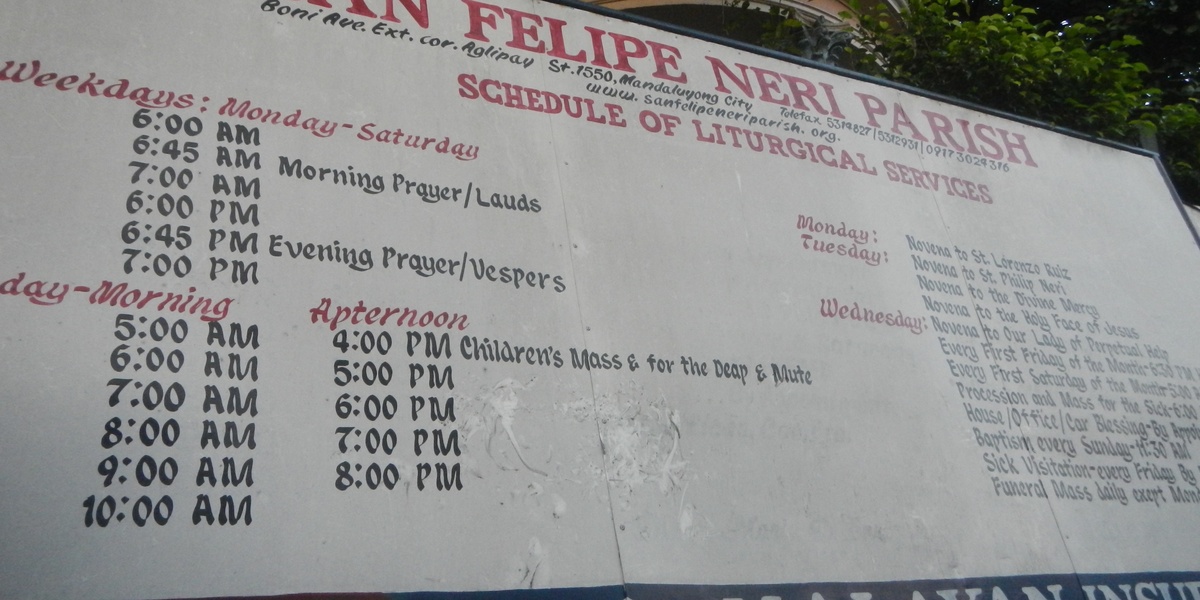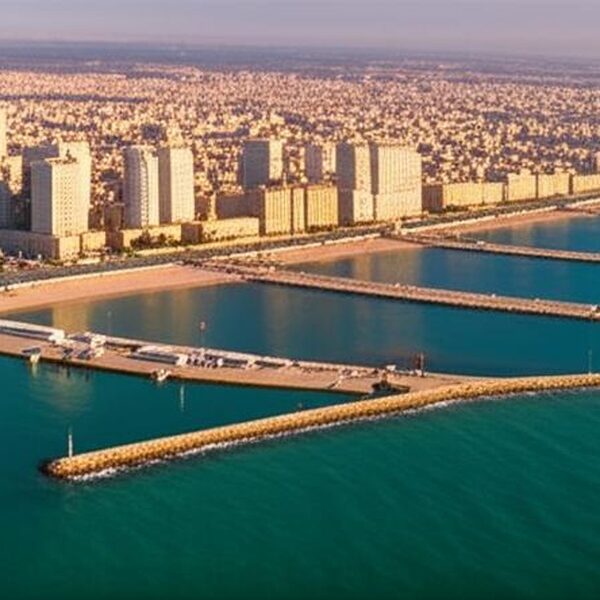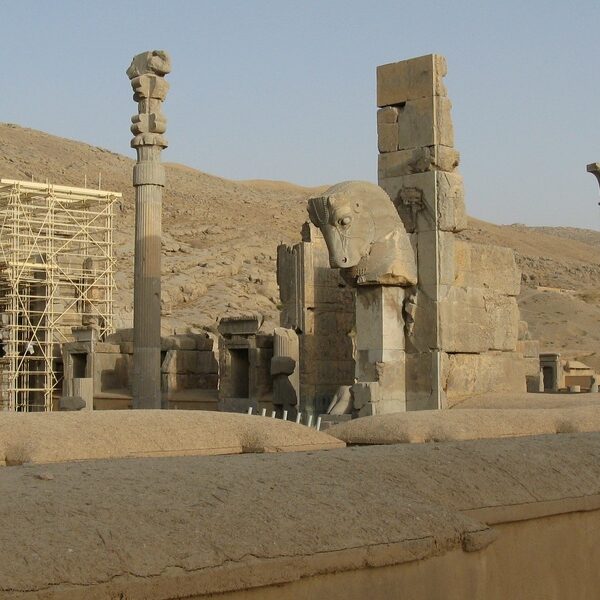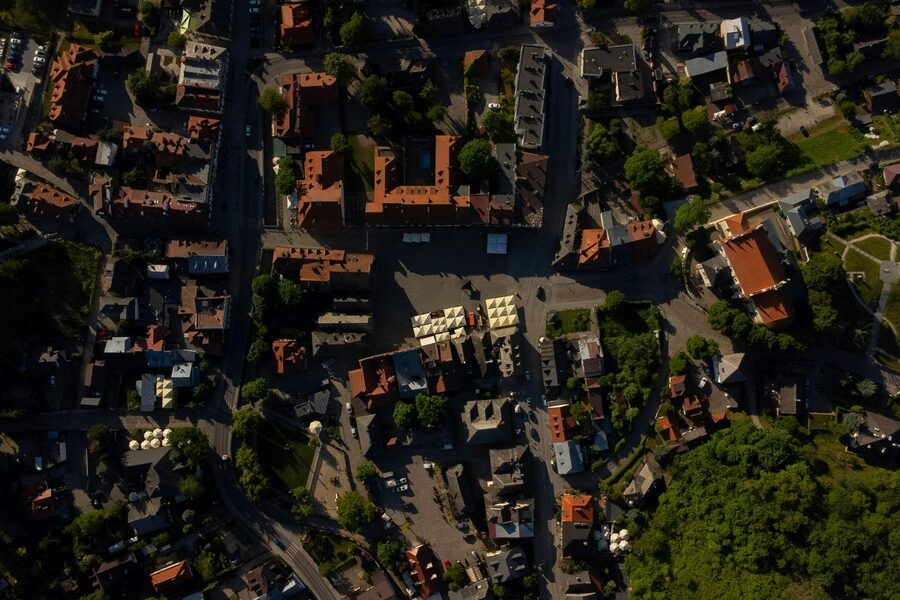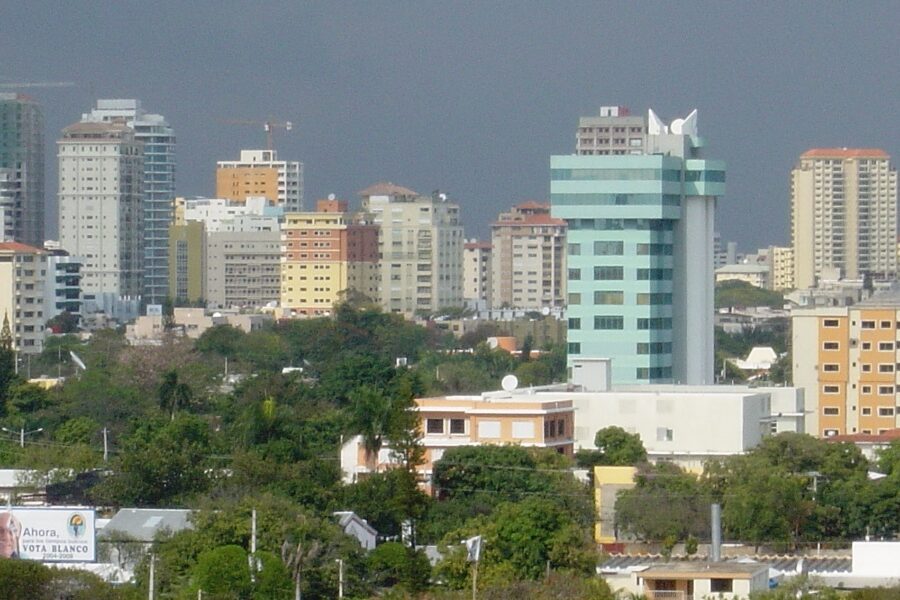Antigua and Barbuda is a small twin-island nation where tourism and local industries shape life for most residents, but pockets of economic hardship still exist. Looking at the places with the greatest needs helps communities, NGOs, and policymakers target support more effectively.
There are 6 Poorest Cities in Antigua and Barbuda, ranging from Barbuda to Saint Philip Parish. Data are organized with Country,Poverty rate (%),Population (people) so you can compare each entry quickly, and the specific figures and context you’ll find below.
How is “poorest” determined for these places?
The list uses poverty rate as the primary metric, often combined with population size to show scale; when available, official household survey data or government statistics are used so the ranking reflects both prevalence and the number of people affected.
How often can these rankings change and where does the data come from?
Rankings can shift as new surveys, censuses, or economic changes occur; the data typically come from national statistics offices, international agencies, or recent household studies, so check publication dates for the most current picture.
Poorest Cities in Antigua and Barbuda
| City | Country | Poverty rate (%) | Population (people) |
|---|---|---|---|
| Saint Philip Parish | Antigua and Barbuda | 23.3 | 3,125 |
| Barbuda | Antigua and Barbuda | 22.4 | 1,634 |
| Saint Paul Parish | Antigua and Barbuda | 20.8 | 8,128 |
| Saint John’s Parish | Antigua and Barbuda | 19.3 | 51,737 |
| Saint Peter Parish | Antigua and Barbuda | 18.1 | 5,325 |
| Saint Mary Parish | Antigua and Barbuda | 18 | 7,341 |
Images and Descriptions
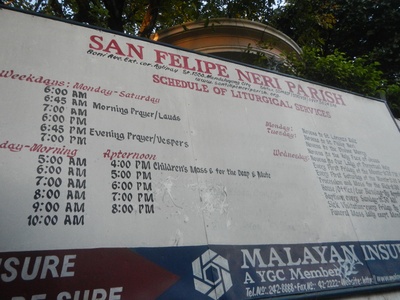
Saint Philip Parish
This rural parish on Antigua’s eastern coast has the highest poverty rate. Its economy is largely based on agriculture and small-scale tourism, with limited job diversity. Data is from the 2007 Country Poverty Assessment (2005/06 survey) and 2018 population estimates.

Barbuda
The sister island of Antigua faces unique economic challenges, relying heavily on fishing and tourism. The poverty rate predates Hurricane Irma in 2017, which severely impacted living standards. Data is from the 2007 CPA (2005/06 survey) and 2018 population estimates.
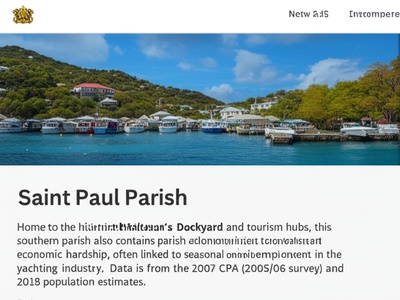
Saint Paul Parish
Home to the historic Nelson’s Dockyard and tourism hubs, this southern parish also contains communities with significant economic hardship, often linked to seasonal employment in the yachting industry. Data is from the 2007 CPA (2005/06 survey) and 2018 population estimates.

Saint John’s Parish
As the nation’s most populous parish containing the capital city, it has a high concentration of the country’s poor in dense urban and suburban communities, despite being the economic center. Data is from the 2007 CPA (2005/06 survey) and 2018 population estimates.
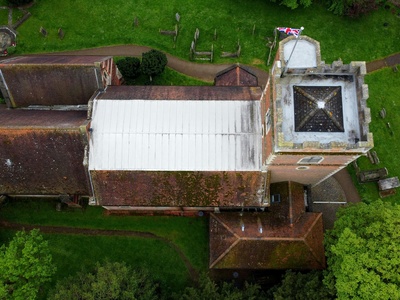
Saint Peter Parish
Located in the northeast, this parish includes the town of Parham. Pockets of poverty are often found in its more rural villages, which have fewer economic opportunities outside of agriculture. Data is from the 2007 CPA (2005/06 survey) and 2018 population estimates.
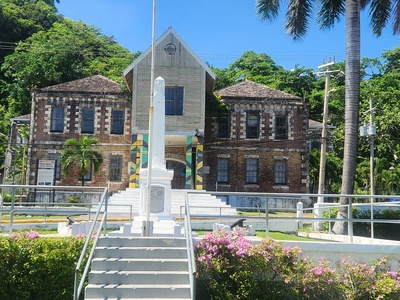
Saint Mary Parish
This southwestern parish is largely rural, with an economy centered on agriculture and tourism along its coastline. Poverty drivers include vulnerability to agricultural shocks and seasonal tourism employment. Data is from the 2007 CPA (2005/06 survey) and 2018 population estimates.

